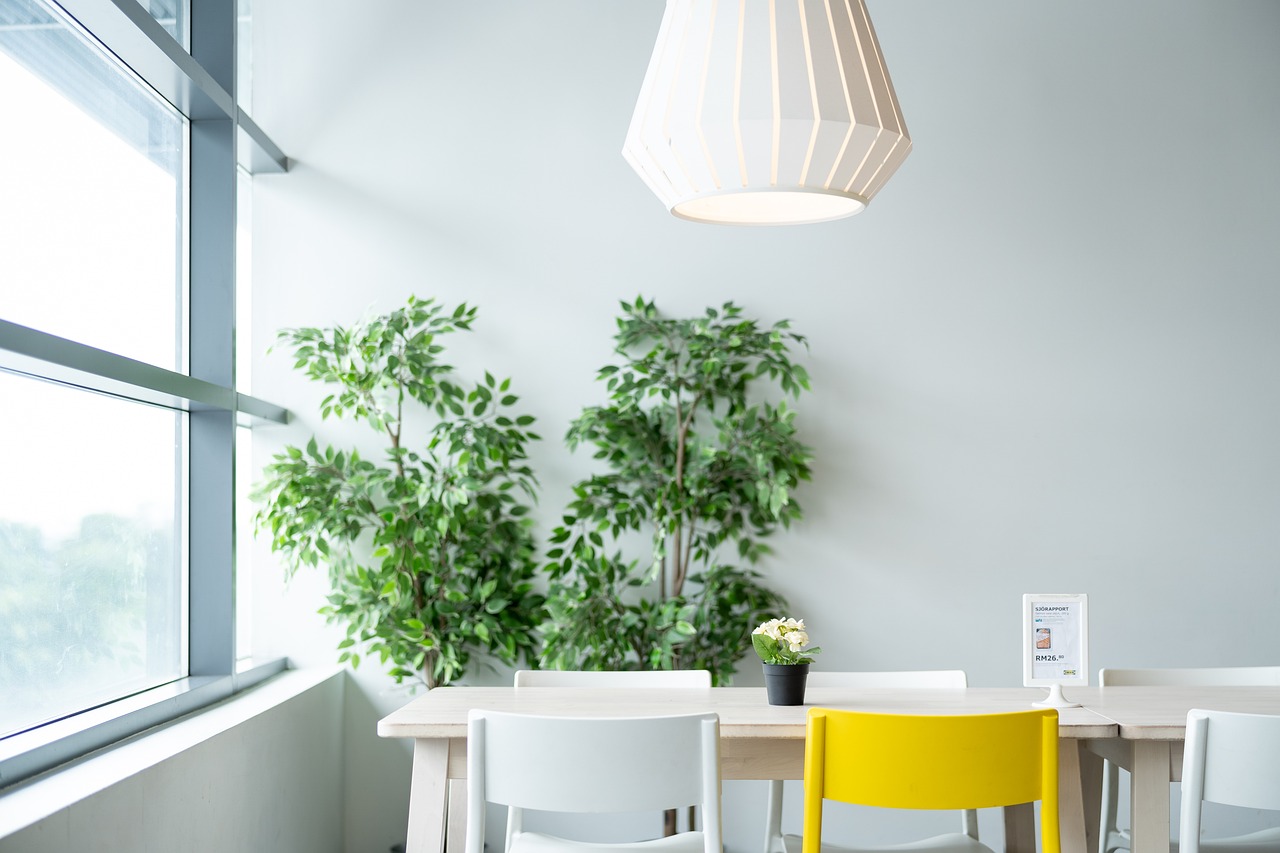In a world filled with constant noise and distractions, many individuals are seeking solace in simplicity. The minimalism movement has gained significant traction in recent years, drawing people from various backgrounds to embrace its philosophy of living with less. As the popularity of minimalism continues to rise, people are realizing that incorporating minimalist principles into their lives doesn’t mean sacrificing individuality or personal style. Instead, it offers a framework for achieving balance and harmony in a personalized way.
Minimalism is not just a design aesthetic; it’s a mindset that emphasizes intentionality, mindfulness, and the removal of excess in all aspects of life. From decluttering physical spaces to streamlining digital environments, minimalism encourages a focus on what truly matters and cultivates a sense of calm and tranquility.
In this article “Achieving Balance : Incorporating Minimalism in a Personalized Way in 2024”, we will explore the significance of minimalism in modern society, delve into the ways individuals can incorporate minimalist principles into their lives, and examine the versatile application of minimalism in various design contexts. We will also explore the influence of Japanese culture on the minimalist movement and discuss why minimalism has become both a design trend and a lifestyle choice.
So, if you’re ready to discover how to achieve balance and serenity through minimalism, read on to learn more about this captivating movement and how it can be tailored to suit your own personal style and preferences.
Understanding the Popularity and Significance of Minimalism
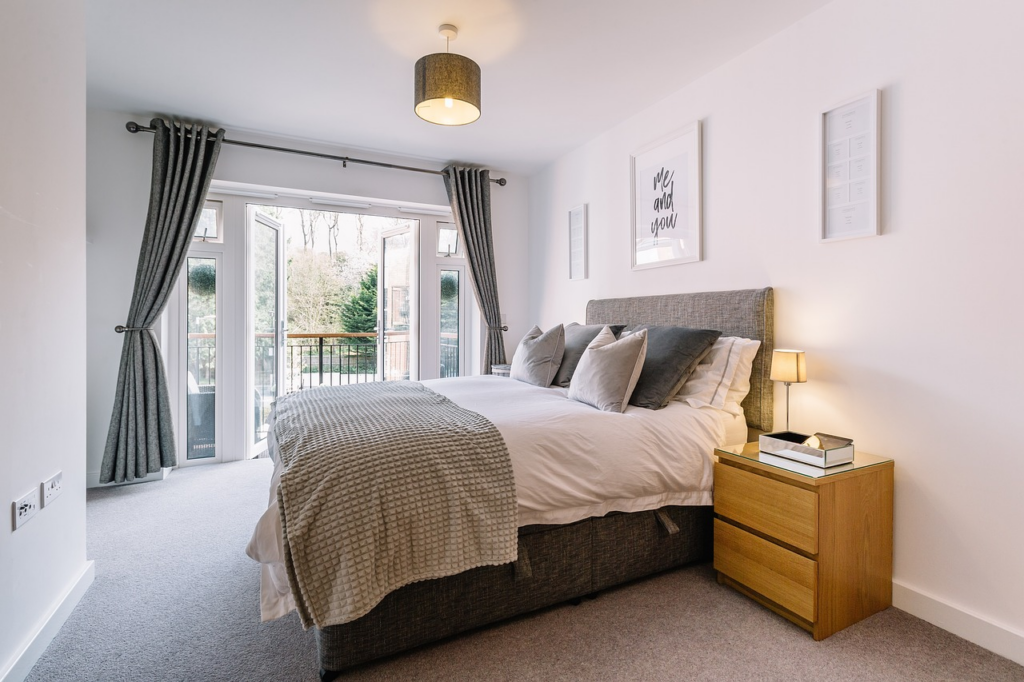
Minimalism has become more than just a design aesthetic – it has grown into a popular lifestyle choice embraced by people across various industries and demographics. From art to music, philosophy to design, minimalism has made a significant impact and continues to shape our world today. In this article, we will delve deeper into the reasons behind its popularity and the significance it holds in our society.
Consumer Trends and Market Impact
Did you know that 12% of the world’s population in North America and Western Europe accounts for 60% of private consumption spending? This staggering statistic highlights the influence that consumers in these regions have on global trends and preferences. And one of the current trends that businesses should pay close attention to is minimalism.
Minimalism is not just about owning fewer possessions or decluttering our physical spaces. It represents a shift in consumer mindset towards simplicity, sustainability, and intentionality. Consumers are becoming more conscious about the impact of their choices and are increasingly seeking out products and services that align with their minimalist values.
Interest Among Millennials
A significant driving force behind the popularity of minimalism is the millennial generation. Millennials have a unique perspective on minimalism and are interested in exploring it further. They value experiences over material possessions, prioritize sustainability and mindfulness, and appreciate the beauty of simplicity.
Raised in a digital age with constant exposure to advertisements and consumerism, millennials are rejecting the idea that material possessions define their worth. Instead, they are seeking fulfillment in experiences, relationships, and personal growth. Minimalism offers them a way to break free from the cycle of consumerism and find meaning in a more minimalist lifestyle.
Minimalism Across Different Industries
Minimalism is not limited to just one industry or field; its influence extends far and wide. We can see its impact in art, where simplicity and clean lines take center stage. Musicians are also embracing minimalistic approaches, creating powerful compositions with fewer elements. Even in philosophy, minimalism finds its place, advocating for stripping away the unnecessary and focusing on life’s essential aspects.
In the design world, minimalistic principles are evident in architecture, interior design, and graphic design. The preference for clean and serene designs resonates with people seeking a sense of calm in their surroundings. Minimalist design not only looks aesthetically pleasing but also creates a harmonious and functional space that promotes productivity and well-being.
Preference for Clean and Serene Designs
Statistics show that people favor clean and serene minimalistic designs. Whether it’s in our homes, workspaces, or even digital interfaces, the minimalist approach provides a sense of calm and clarity. Minimalist design focuses on removing unnecessary clutter, distractions, and complexities, allowing the essence of an object or space to shine through.
In a world filled with information overload and constant stimulation, minimalism offers a respite. It allows us to simplify our lives, clear our minds, and focus on what truly matters. By embracing minimalism, we can create spaces and experiences that are not only visually appealing but also promote a sense of tranquility and balance.
In conclusion, the popularity of minimalism stems from its ability to align with changing consumer values, particularly among the millennial generation. Its influence can be felt across various industries, with a preference for clean and serene designs that create a sense of calm and simplicity. As minimalism continues to shape our world, it is essential for businesses and individuals alike to pay attention to this growing trend and its significance in our society.
Incorporating Minimalism in a Personalized Way
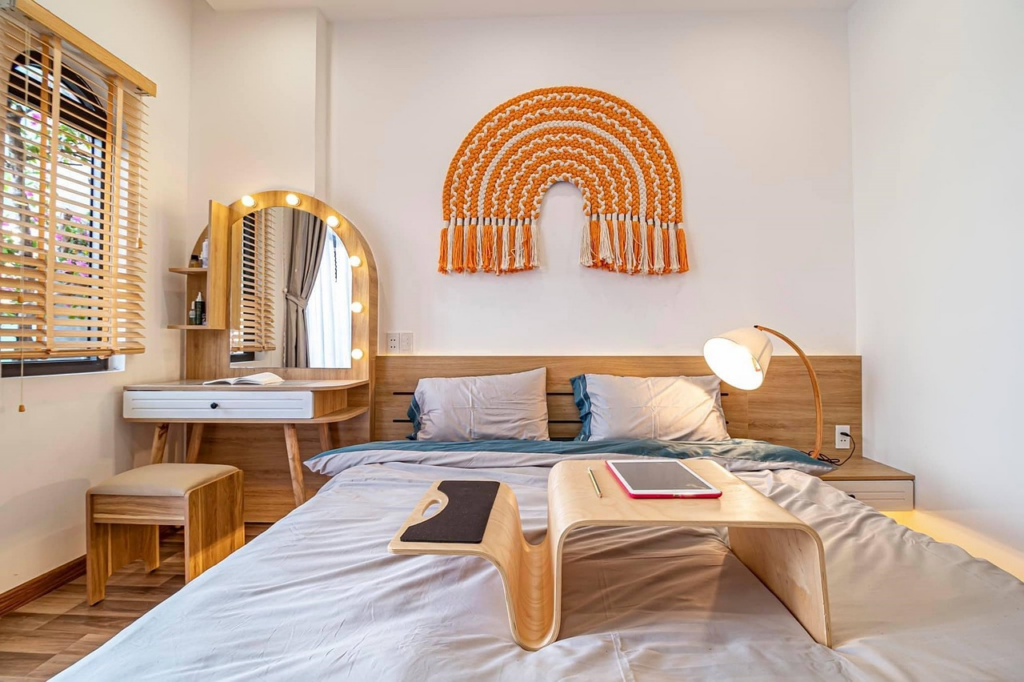
In a fast-paced world with seemingly endless distractions, many people are seeking out ways to simplify their lives and find peace amidst the chaos. One popular approach to achieving this is through the adoption of minimalism. Minimalism encourages individuals to declutter their physical and mental spaces, focusing on what truly matters and eliminating unnecessary distractions. Incorporating minimalism into your life can have a profound impact on your overall well-being. By creating clutter-free environments and finding joy and serenity in simplicity, you can cultivate a personalized and meaningful minimalist lifestyle.
Creating Clutter-Free Environments
A cluttered space can lead to feelings of stress, anxiety, and overwhelm. Embracing minimalism means intentionally curating your physical environment to create a clutter-free space that brings you calm and serenity. Here are some practical ways to incorporate minimalism into your surroundings:
- Declutter: Start by decluttering your home and workspace. Remove items that no longer serve a purpose or bring you joy. Go room by room, focusing on one area at a time, and ask yourself if each item is truly essential. Donate or sell items that are in good condition but no longer needed, and discard anything that is broken or no longer usable.
- Practice intentional living: Embrace the philosophy of “less is more” by adopting a mindset of intentional living. Only keep items that serve a purpose or bring you joy. Consider the functionality and quality of your possessions rather than accumulating things for the sake of having them.
- Organize effectively: Once you have decluttered, organize your belongings in a way that is both functional and visually pleasing. Utilize storage solutions such as bins, baskets, and shelves to keep items neatly arranged. Having an organized and clutter-free space not only makes it easier to find things but also reduces visual distractions and promotes a sense of calm.
Bringing Joy and Serenity
Minimalism is not just about getting rid of stuff; it’s about creating space for the things that truly bring you joy and serenity. Personalize your minimalist lifestyle by focusing on what matters most to you. Here are some ways to find joy and serenity in minimalism:
- Identify your priorities: Take the time to reflect on what truly matters to you. Identify your values, passions, and goals. By prioritizing what is most important to you, you can align your minimalist lifestyle accordingly. This may mean dedicating more time and resources to experiences, relationships, and activities that bring you fulfillment, rather than accumulating material possessions.
- Embrace simplicity: Minimalism invites you to simplify all areas of your life, not just your physical belongings. Simplify your schedule by eliminating activities that do not contribute to your well-being or align with your values. Simplify your digital life by decluttering your digital files, unsubscribing from unnecessary email lists, and reducing screen time. Embracing simplicity in all aspects of your life can lead to a greater sense of clarity, focus, and peace.
- Practice mindfulness: Mindfulness is an essential component of a personalized minimalist lifestyle. Be present in the moment and fully appreciate the simple pleasures of life. Practice gratitude for what you have and cultivate a mindset of contentment. By being mindful, you can find joy and serenity in the present moment, instead of constantly striving for more.
Remember, minimalism is a personal journey, and there is no one-size-fits-all approach. Find what works best for you and customize your minimalist lifestyle accordingly. Incorporating minimalism allows for clutter-free environments while bringing joy and serenity to individuals. By embracing minimalism in a personalized way, you can create a life that is intentionally curated and filled with meaning.
Also Read: Creating Tranquil Spaces: Achieving Serenity with Minimalist Design in 2024.
The Versatility of Minimalism in Design

Minimalism is a design philosophy that has gained popularity in recent years for its clean, sleek, and clutter-free aesthetic. This approach focuses on simplicity, stripping away excessive details and leaving only what is essential. But minimalism is not just a one-size-fits-all style; it can be adapted to various platforms and applied in different ways to create unique and stunning designs.
Characteristics of Minimalist Aesthetic
The minimalist aesthetic is characterized by several key elements, all of which contribute to its clean and sleek look:
- Clean lines: Minimalist designs often feature straight, simple lines that create a sense of order and organization.
- Simple shapes: Geometric shapes, such as squares, circles, and triangles, are commonly used in minimalism to convey simplicity and elegance.
- Focus on functionality: Minimalist designs prioritize functionality and usability over unnecessary ornamentation, ensuring that every element serves a purpose.
- Limited color palette: Minimalism tends to use neutral colors, such as whites, grays, and blacks, with occasional pops of bold colors for contrast.
Application to Various Platforms
One of the remarkable aspects of minimalism is its adaptability to different platforms. Whether you’re designing for a desktop computer, a mobile device, or a smartwatch, minimalism can be effectively utilized to create visually appealing and user-friendly interfaces.
By employing minimalist principles, designers can make the most of limited screen space on smaller devices while still delivering a seamless user experience. The simplicity and clarity of minimalism make it easier for users to navigate and interact with different applications and websites, regardless of the device they’re using.
Different Types of Minimalism
While minimalism is often associated with design, it also extends beyond aesthetics into various aspects of life. Here are a few types of minimalism that have emerged:
- Lifestyle minimalism: This type of minimalism focuses on simplifying one’s lifestyle by decluttering physical belongings, reducing excess consumption, and embracing a more intentional and minimalist way of living.
- De-growth: De-growth minimalism advocates for reducing societal consumption and promoting sustainable practices to address environmental and social issues. It encourages individuals and communities to prioritize well-being over material possessions.
- Post-ecological minimalism: Post-ecological minimalism looks at minimalism through an ecological lens by advocating for environmentally conscious choices. It promotes the use of sustainable materials, waste reduction, and designs that have a minimal impact on the environment.
Impact on Labels and Packaging Design
Minimalism has had a significant impact on labels and packaging design. By embracing minimalist principles, brands can create packaging that stands out on shelves and effectively communicates the essence of their products. Some benefits of minimalism in this context include:
- Clarity: Minimalist labels and packaging designs provide clear and concise information about the product, making it easier for customers to understand what they’re purchasing.
- Simplicity: By eliminating unnecessary details and focusing on essential elements, minimalist designs create a sense of elegance and sophistication.
- Brand identity: Minimalist packaging can help establish a strong brand identity by conveying a sense of simplicity, quality, and attention to detail.
In conclusion, minimalism is a versatile design philosophy that can be applied to various platforms and adapted to different contexts. Its clean lines, simple shapes, and focus on functionality make it a popular choice for designers across different industries. Whether it’s in digital interfaces, lifestyle choices, or product packaging, minimalism continues to inspire and shape the way we perceive and interact with the world around us.
Influence of Japanese Culture and Lifestyle
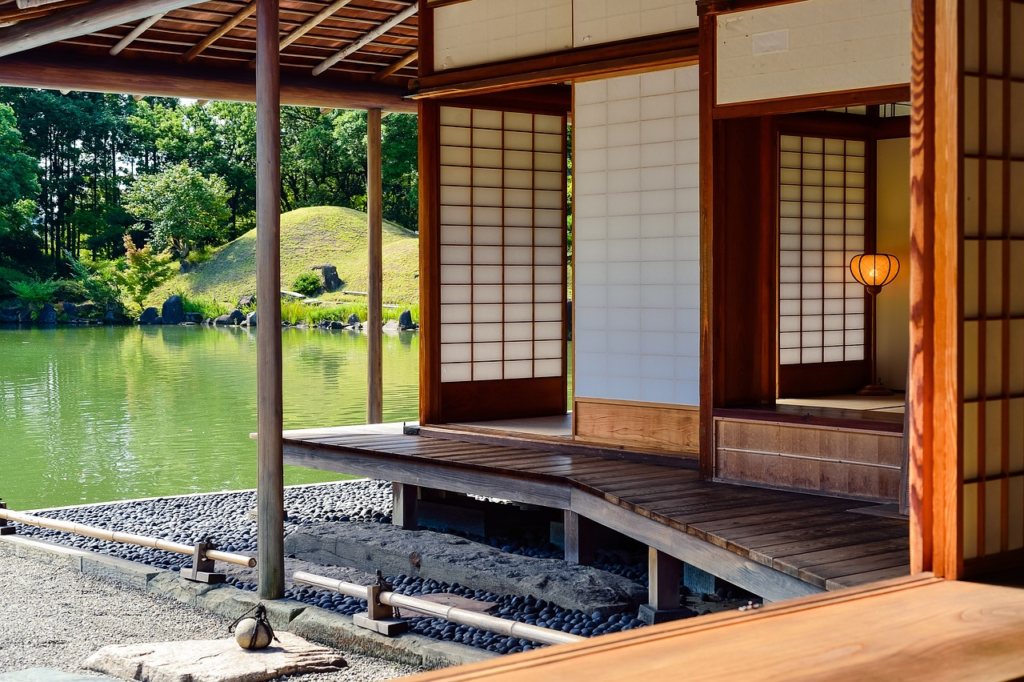
Japanese culture and lifestyle have had a significant impact on various aspects of our lives, and one area where their influence is particularly evident is in the minimalist movement. Embracing simplicity and a clutter-free lifestyle, the Japanese have inspired many to adopt a more streamlined and mindful approach to their surroundings.
Japanese Influence on Minimalist Movement
The minimalist movement, which gained popularity in recent years, promotes the idea of living with less and focusing on what truly matters. Rooted in principles of simplicity, functionality, and mindfulness, this movement resonates with many individuals seeking a more intentional and balanced way of life.
It is no surprise that Japanese culture has influenced the minimalist movement considering how deeply engrained minimalism is in their daily lives. From traditional Zen Buddhism to the concept of Wabi-Sabi, the Japanese have long practiced simplicity and appreciation of the imperfect beauty in the world around them. This reverence for minimalism has made its way into various aspects of Japanese culture, including architecture, design, and art.
Championing Simplicity and Clutter-Free Lifestyle
Japanese culture champions simplicity in all aspects, and this ethos extends to their homes, lifestyle, and everyday choices. Here are some key characteristics of Japanese culture that have influenced the minimalist movement:
- Mottainai: The concept of “mottainai” captures the belief that we should not waste resources or be excessive in our consumption. This mindset encourages individuals to be mindful of what they truly need and reduce unnecessary clutter in their lives.
- Tokonoma: In traditional Japanese homes, a “tokonoma” is a small alcove used to display a single carefully chosen object. This practice emphasizes the beauty of simplicity and the mindful curation of one’s space.
- Furoshiki: Furoshiki is the art of using a square piece of cloth to wrap and carry items. By using furoshiki, the Japanese avoid the need for disposable bags and excess packaging, promoting more sustainable and clutter-free practices.
- Ikebana: Ikebana, the Japanese art of flower arrangement, embodies the principles of minimalism with its focus on simplicity, asymmetry, and the use of negative space. This art form encourages individuals to appreciate the natural beauty of a few carefully selected flowers.
As the minimalist movement continues to gain traction worldwide, it is clear that the influence of Japanese culture and lifestyle has played a significant role in shaping its principles and guiding individuals towards a more intentional and clutter-free way of life. By embracing the minimalist philosophy inspired by Japanese culture, we can create spaces that foster tranquility, promote mindfulness, and highlight the beauty of simplicity.
Discover more about the impact of Japanese culture on the minimalist movement here.
Minimalism as a Design Trend and Lifestyle Choice
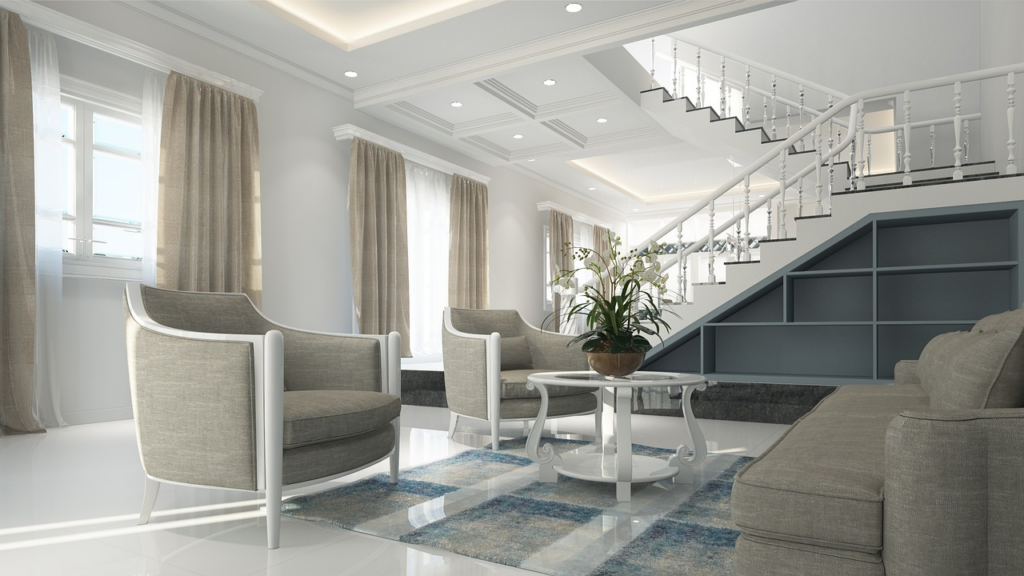
In today’s fast-paced and cluttered world, minimalism has gained popularity as both a design trend and a lifestyle choice. This concept revolves around the idea of simplifying our surroundings and focusing on what truly matters. In design, minimalism emphasizes clean lines, simplicity, and the use of negative space to create a visually appealing and functional aesthetic. In lifestyle, minimalism encourages individuals to let go of unnecessary possessions and prioritize experiences and personal fulfillment. Here, we will explore different aspects of minimalism and how it is influencing various design fields.
Removing Unnecessary Clutter
At its core, minimalism involves removing unnecessary clutter and paring down to the essentials. Whether it’s in our physical environment or digital interfaces, minimalistic design aims to create a sense of calm and order. By eliminating excess elements and focusing on what truly matters, minimalism enables us to appreciate the beauty in simplicity. This practice translates into various design disciplines, including interior design and user interface/user experience (UI/UX) design.
Focus on Meaningful Objects
Minimalism encourages us to focus on meaningful objects rather than an abundance of possessions. In interior design, this means carefully curating a collection of objects that hold personal significance and spark joy. By selecting items that have a purpose or sentimental value, minimalistic spaces can evoke a sense of peace and tranquility. Similarly, in UI/UX design, minimalism involves prioritizing essential information, intuitive navigation, and purposeful interactions. By minimizing distractions and providing a clear focus, minimalistic design enhances the user experience and allows individuals to interact with digital interfaces in a more deliberate and efficient manner.
Emerging Design Trends
In the world of design, minimalism continues to evolve and manifest in different ways. Some emerging design trends that embrace minimalistic principles include:
- Bold minimalism: This trend combines the simplicity of minimalism with bold and impactful elements, such as vibrant colors and striking typography. By juxtaposing minimalistic elements with eye-catching details, designers can create visually engaging and memorable designs.
- Minimalistic themes: Minimalistic themes, such as Scandinavian design or Japanese aesthetics, have gained significant popularity. These themes often feature clean lines, natural materials, and a focus on functionality. By embracing these themes, designers can create timeless and harmonious spaces or interfaces.
Popular Interior and UI/UX Design Trends
Let’s dive deeper into how minimalism is influencing two specific design fields – interior design and UI/UX design:
- Interior design trends: Minimalism continues to be a prominent feature in interior design trends. Some key elements include simplicity, clean lines, neutral color palettes, and the use of organic materials. These design choices aim to create spaces that are uncluttered, inviting, and conducive to relaxation and mindfulness.
- UI/UX design trends: In the digital realm, minimalism plays a vital role in UI/UX design trends. Some popular trends include the use of clean and simple interfaces, material design principles, bold colors, and effective utilization of white space. By employing these minimalistic approaches, designers can craft intuitive and user-friendly digital experiences.
In conclusion, minimalism has established itself as a powerful design trend and lifestyle choice. By removing unnecessary clutter and focusing on meaningful objects, minimalism creates spaces and interfaces that are aesthetically pleasing, functional, and conducive to a sense of peace and simplicity. As design trends continue to evolve, minimalism remains a timeless and influential concept that resonates with individuals seeking to embrace a more intentional and fulfilling way of life.
Also Read: Embracing Minimalism in 2024 : How Your Home Environment Affects Mental Well-being.
Conclusion
In conclusion, incorporating minimalism into your life and design choices can have a profound impact on your overall well-being and aesthetic satisfaction. By decluttering your space and focusing on meaningful objects, you can create a serene and calming environment that promotes joy and tranquility.
As the popularity of minimalism continues to rise, it has become not only a design trend but also a lifestyle choice. From interior design to UI/UX design, minimalism has influenced various industries and platforms. Its clean and simple aesthetic has led to emerging design trends that prioritize simplicity and functionality.
The influence of Japanese culture and lifestyle on minimalism cannot be understated. The Japanese have long championed simplicity and a clutter-free lifestyle, which aligns perfectly with the principles of minimalism. By incorporating Japanese-inspired elements into your minimalist approach, you can achieve a truly personalized and harmonious space.
As you embark on your minimalist journey, consider seeking guidance from Minimalist Home Guru. They specialize in catering to new home buyers who prefer a minimalist aesthetic, offering expert advice on decluttering, selecting clean-lined furniture, and creating the perfect clutter-free living space. Visit their website at minimalisthome.guru for more information and inspiration.
to get access to more content related to this article, read Reimagine Your Home : Creative Home Improvement Ideas.
Remember, minimalism is not about depriving yourself of possessions or living in an empty space. It’s about finding balance and creating a personalized and clutter-free environment that brings you joy and serenity. Embrace the versatility of minimalism and let it transform your life, one clean line at a time.
Frequently Asked Questions
- What is minimalism and how can it be incorporated in a personalized way?
Minimalism is a lifestyle philosophy that promotes living with less and focusing on what truly matters. To incorporate minimalism in a personalized way, identify your own values and priorities, declutter your physical and digital spaces, simplify your daily routines, and create a minimalist aesthetic that reflects your unique style. - Does minimalism mean getting rid of all belongings?
No, minimalism doesn’t necessarily mean getting rid of all your belongings. It’s about intentionally curating and keeping things that bring value and joy to your life, while letting go of unnecessary clutter and excess. - How can minimalism improve mental well-being?
Minimalism can improve mental well-being by reducing stress, increasing focus and productivity, promoting mindfulness and gratitude, and fostering a sense of contentment and freedom from material possessions. - Can minimalism be incorporated in interior design?
Yes, minimalism can be incorporated in interior design by choosing clean lines, neutral colors, and uncluttered spaces. It involves removing unnecessary decorative items and furniture, and emphasizing functionality and simplicity. - Are there any benefits of incorporating minimalism in personal finance?
Yes, incorporating minimalism in personal finance can lead to financial freedom and security. By practicing mindful spending, saving, and frugality, you can reduce debt, increase savings, and focus on experiences and investments that truly matter to you.

